How to Choose a Pack Size for Backpacking, Hiking + More
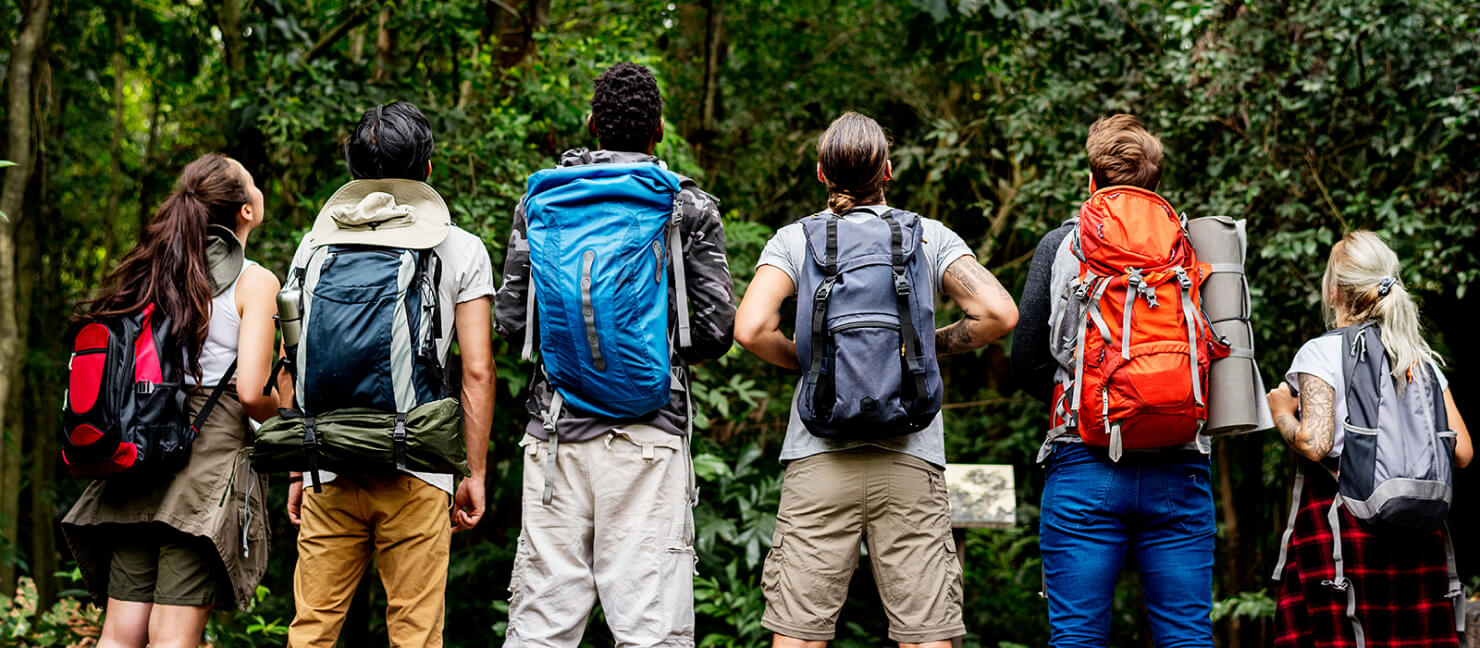
Venturing into the great outdoors requires more than just passion — it demands the right gear. Every backpacker’s journey hinges on the perfect outdoor backpack to fit their needs and carry all of their supplies.From a day's hike in the woods to an extended trek across mountain ranges, the size and type of your backpack can make or break your journey. In this guide, you’ll learn all about the different types of outdoor backpacks available.
Key Takeaways
- Understand hiking backpack sizing and gain a general idea about what you can fit into each size.
- Uncover the different types of backpacks as well as our backpacking/hiking pack sizing guide so you know exactly what capacity you need!
- Learn how to choose the right backpacking pack by considering its capacity, comfort, fit, and unique features.
- Discover our backpack size guide and how to find your perfect fit by measuring your torso length and hip size.
- Find out how to fit a backpacking pack step by step by adjusting the torso length, hip belt, shoulder straps, load lifters, and sternum straps.
Hiking Backpack Sizing Explained
One thing you should know about backpacking sizing? There are different types of backpack sizes tailored to fit your needs like a glove. Most ‘everyday’ school backpacks won’t usually be large enough (or moisture resistant enough) to handle extended trips on the trail.So if you’re wondering about what the best-sized backpack is for your intended activity/intensity, here’s a brief overview of our recommended sizes for different trip durations, activities, and more:
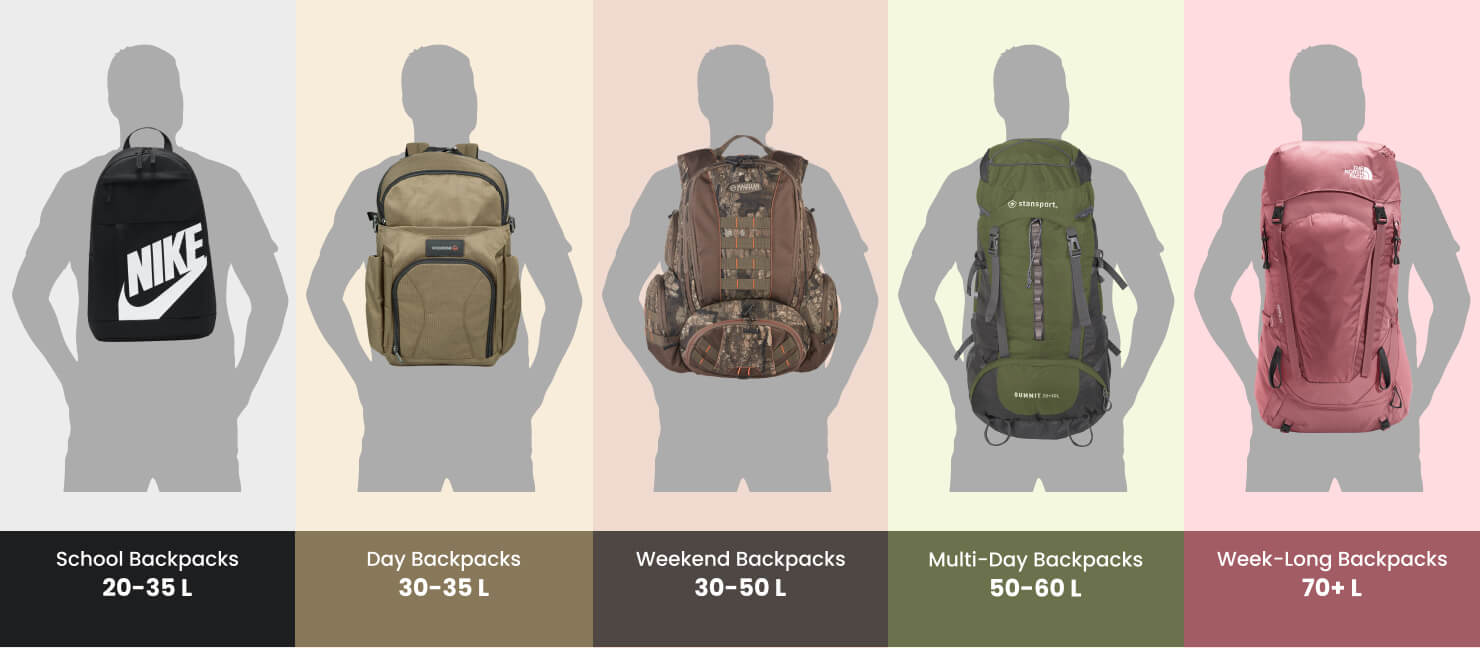
Types of Backpacks for Every Day, Hiking, & Backpacking
Most backpacks simply differ in their features (or lack), capacity/size, and intended use. Backpacking backpacks often have plenty of pockets. However, day hiking and school backpacks have fewer — but larger — compartments.
| Different Types of Backpacks | |||
|---|---|---|---|
| Backpack Type | Recommended Activity | Ideal Capacity | Duration |
| School Backpacks | School, commuting, minor travel | 20-35 liters | Every day |
| Day Backpacks | Day hiking, travel (carry-ons), family park trip, etc. | 30-35 liters | 1 day |
| Weekend Backpacks | Short camping, hunting, backpacking, & trekking trips | 30-50 liters | 1-2 nights |
| Multi-Day Backpacks | Backpacking/trekking, extended camping trips, or remote hunting trips | 50-80 liters | 3-5 nights |
| Week-Long Backpacks | Extended backpacking trips or multi-day winter outdoor trips | 70+ liters | 5+ nights |
School Backpacks
You buy every day or school backpacks for your classes (or to use as a carry-on to a plane) to haul things like books, binders, laptops, gadgets, etc. The average capacity of this type of backpack is 20-35 liters. However, here are the best capacities broken down by age:
Average preschool backpack capacity — Up to 15 liters
Average elementary backpack capacity — Between 20-24 liters
Average middle school backpack capacity — Between 25-35 liters
Average high school backpack capacity — About 35 liters
Average college backpack capacity — At least 35 liters
Day Backpacks
Take this on your next day hike! Lug things like your camera, a light jacket, some water, and a midday snack. The average capacity of a day hiking backpack that we recommend carrying is between 30-35 liters. Day backpacks should be water-resistant if you plan to hike or trek in especially unpredictable conditions.
Expert Tip:
Looking for the perfect travel bag for the airport or road trip? Check out our assortment of travel backpacks and bags!
Weekend Backpacks
Weekend backpacks are perfect for a weekend camp or trip to the deer lease! Anytime you want to spend 1-2 nights outdoors (or elsewhere), this type of backpack can haul all the supplies you need.Look for backpacks with an average capacity of 40 liters. Depending on what you’re doing, where you’re going, and the time of year, you can also consider a smaller or larger backpack capacity of 30-50 liters.
Expert Tip:
Going hunting for the weekend? Pick up a camo backpack so you can always have everything you need without giving yourself away to your prize.
Multi-Day Backpacks
When you hear the call of the outdoors and you plan to head out for a few days at a time, multi-day backpacks are the perfect type of backpack to consider! Backpacking, trekking, extended camping, or remote hunting trips are all good options for this type.
Pick up a backpack with a capacity between 50-80 liters for a trip duration of 3 to five nights.
Consider what activity you’ll choose and what venue you’ll go to before choosing this backpack. Features like backpack material’s resistance to water are important to keep in mind since you’ll be away from home for a few days or more.
You might be able to get by with a multi-day backpack if you plan a week-long trip in warmer months.
Expert Tip:
On the hunt for the perfect outdoor backpack at the best value? Check out our assortment of Magellan Outdoors backpacks and bags.
Week-Long Backpacks
If you’re planning an epic week-long adventure (or a multi-day winter trip), you’ll want a spacious backpack! Any time you know you’ll be away for at least 5 nights, opt for a backpack capacity of at least 70 liters.Week-long backpacks can carry it all: your tent, sleeping bag, first aid kit, food + water, and so much more for an extended period of time. Most will also come with many compartments that make for convenient access and organization.

Backpacking/Hiking Backpack Size Guide
Choosing a backpack for hiking or backpacking can be tricky. To give you an idea about which capacity you need and which type of backpack you should choose, take a look at our backpack sizing guide:
| Backpack Size Guide: Capacity + Types | ||
|---|---|---|
| Backpack Size | Trip Length | Recommended Items to Carry |
| 30-35 liters | Ideal for short hikes (3 miles or less) | Carry essentials such as a small first aid kit, plenty of water, extra snacks, and a map |
| 30-50 liters | Suitable for overnight trips | Accommodates extra water, a sleeping bag, mosquito net, fire starter supplies, and more |
| 50-80 liters | Designed for multi-day excursions | Space for a tent, sleeping bag, freeze-dried food, water filtration system, and more |
| 70+ liters | Tailored for week-long hiking adventures | Holds additional gear like ice axes and specialized equipment based on your hiking destination |
How to Choose the Right Backpacking Pack
Whether you’re gearing up for a backpacking trip across Europe or hiking for a few hours near home — choosing the right backpacking backpack can make all the difference. Your decision rests on three main factors: capacity, fit & comfort, and features.
Backpacking Capacity: The length of your trip determines your backpack's capacity needs. A longer hike requires more space for holding outdoor gear.
Backpacking Fit + Comfort: Ensure your backpacking pack fits your torso length and hip circumference. A backpack that doesn't fit well can ruin your trip.
Backpacking Features: The frame of your backpack offers unique features that can elevate your hiking experience.

Backpacking Capacity
Backpack capacity measures in liters. The longer your trip, the greater the capacity you'll need to accommodate all your outdoor gear. As you hike or trek more often, you’ll be able to better refine your pack.
Types of Backpacks for Hiking + Backpacking
Find the ideal pack capacity for all your trail adventures — from a quick, hour-long trek to a full week in the wilderness:
| Types of Backpack Sizes by Trip Duration | |||
|---|---|---|---|
| Length of Trip | Pack Capacity | Typical Gear Weight | Backpacking Essentials |
| Day Hiking (1-10 hours) | 30-35 liters | 10-20 lbs | Hydration pack, snacks, first aid kit, lightweight rain jacket |
| Weekend (1-3 nights) | 30-50 liters | 15-25 lbs | Lightweight tent or shelter, first aid kit, food for 3 days, change of clothes |
| Multi-Day (3-5 nights) | 50-80 liters | 25-40 lbs | Durable tent or shelter, first aid kit, food for 5 days, 2 sets of clothes, cooking equipment |
| Extended Trip (5-7 nights) | 70+ liters | 35-55 lbs | Sturdy tent or shelter, first aid kit, food for 7 days, 3-4 sets of clothes, cooking equipment |
Backpacking Fit + Comfort
Once you’ve snagged the right capacity — it’s all about finding that comfy fit! Your backpacking pack should conform to your torso length and hip circumference (rather than your height).
Torso Length: Backpack sizes typically range from extra small to large. Check the product specifications for precise measurements. These can differ between manufacturers and may also be lifestage or gender-specific.
Waist Size: Backpacks are designed to fasten securely around the waist, which bears a significant portion of the load. Backpacking pack waist measurements span from 25-45 inches.
Women’s Sizes: Women's backpacks are often tailored for shorter torsos and broader hips and chests. Men's designs cater to longer torsos and narrower hips.
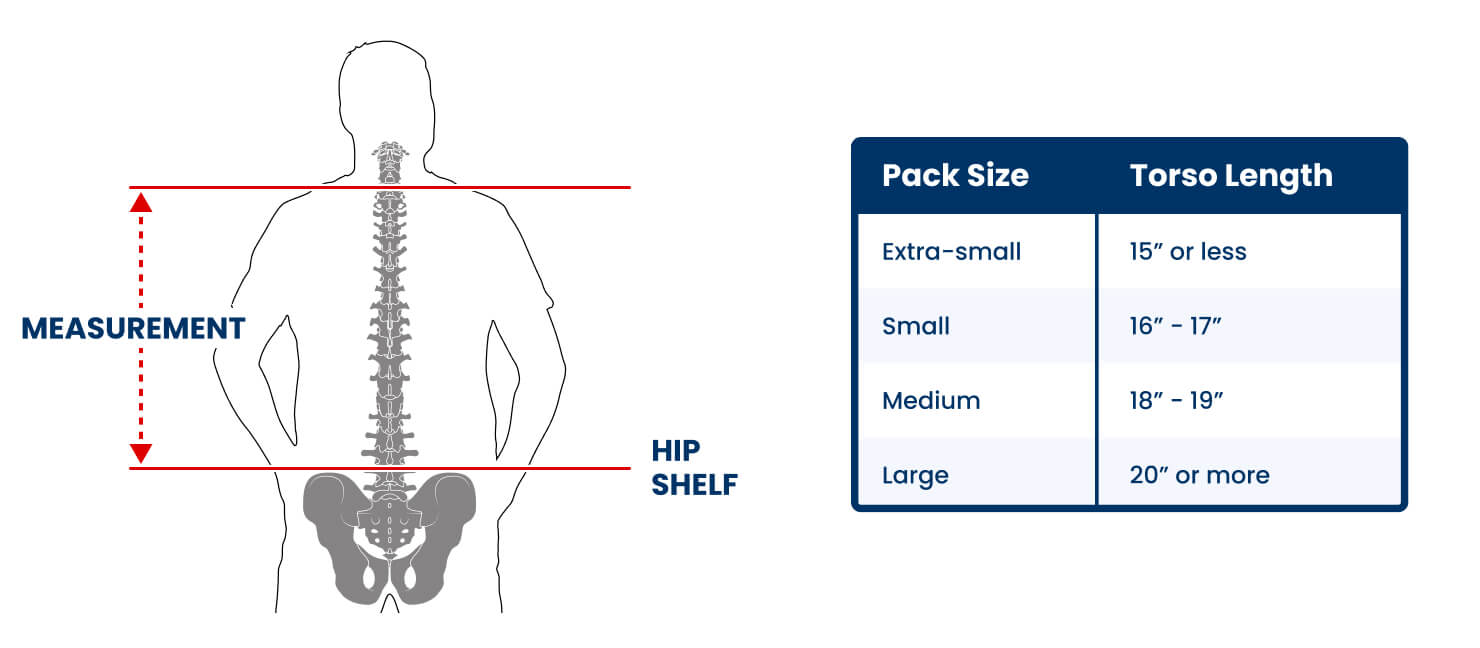
Backpacking Features
There are many different types of backpack frames to choose from: internal frames, external frames, frameless backpacks, and hybrid frames.
| Types of Backpack Frames | ||
|---|---|---|
| Type of Backpack Frame | Key Features | Benefits |
| Internal Frame | Keeps the backpacker steady, loads weight onto the user’s hips, concealed internal structure | Ideal for stability and weight distributions, especially on uneven terrains |
| External Frame | Visible external structure, suitable for attaching larger items like tents | Perfect for longer trips with the need for versatile gear organization and carrying bulky items |
| Frameless Backpack | Features a removable frame, designed for very light loads | Best for minimalists or short trips; Not recommended for heavy loads |
| Hybrid Frames | Combines features of internal and external frames, offers flexibility in gear attachment | Provides a balance between the stability of internal frames and the gear organization of external frames |
Some backpacking packs have special features that can turn your journey from good to unforgettable, including:
Hydration Reservoir: Many backpacks come with an internal sleeve specifically designed to hold a hydration bladder, which ensures you stay hydrated without having to reach for a water bottle.
Removable Daypack: This feature is perfect for those who want versatility. You can detach the daypack for shorter excursions without the need to unpack your main backpack.
Sleeping Bag Compartment: A dedicated compartment at the bottom of the backpack allows for easy storage and access to your sleeping bag. This keeps it separate from other gear.
Attachment Points: These are strategically placed loops or clips on the backpack that allow you to secure additional gear like trekking poles. These attach externally.
Pockets: From mesh side pockets for water bottles to hip belt pockets for snacks and essentials, the right pockets can help organize and distribute your gear effectively.
Ventilation: A well-designed backpack will have a ventilation system to promote airflow and reduce the sweaty-back syndrome on long hikes. This is often a mesh back panel.
Extra Padding: For added comfort, extra padding on the shoulder straps and hip belt can make a significant difference in reducing fatigue and potential sore spots.
Backpack Size Guide: How to Find Your Perfect Fit
You’ll be spending a lot of time with your backpacking pack: from early morning treks to evenings around the fire. To determine the best fit, focus on two key measurements: torso length and hip size.
Measure Your Torso Length
To find your torso length, you’ll need a soft tape measure and a friend for help. Follow these steps:
Step 1: Find Your Iliac Crest

Place your thumbs on the top of your hip bones to locate your iliac crest.
Draw an imaginary line from those two points to where they intersect in the middle of your back.
Step 2: Measure Torso Length
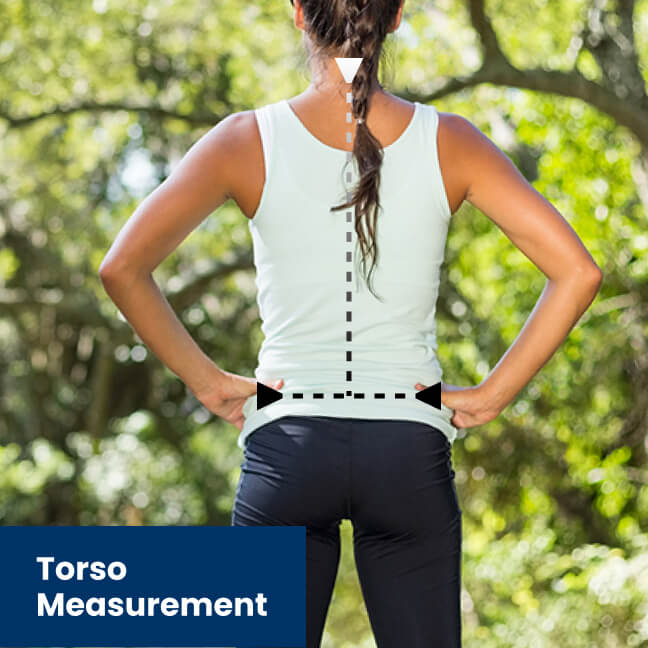
Ask your friend to measure from your C7 vertebrae (the one that protrudes when you look down) to your iliac crest.
Ensure the measurement is taken with your head in a neutral, upright position.
Step 3: Measure Your Hip Size
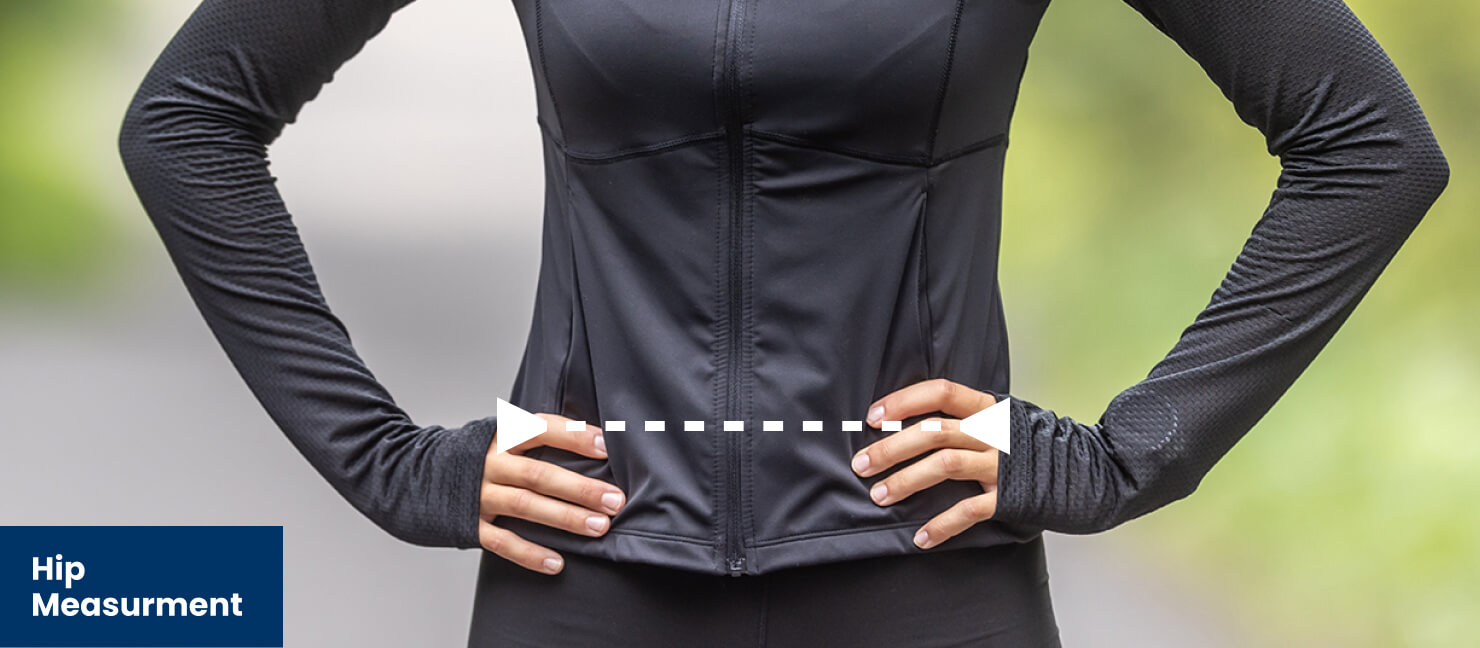
To find your hip size, simply measure around the tops of your hips and ensure the tape goes across your iliac crest. This measurement is not the same as your pants size.
How to Fit a Backpacking Pack: Step by Step
Your backpacking backpack should conform to the contours of your body. Before donning the pack, load it with 10-20 pounds to replicate a real-world load. Be sure to loosen all the straps beforehand, ensuring you're ready to make the following adjustments for the perfect fit:
Step 1: Adjust the torso length and ensure the top of the shoulder straps fit comfortably on your shoulders.
Step 2: Put the backpack on. Tighten the hip belt, and ensure the belt rests at the top of your hip bones.
Step 3: Tighten or loosen the shoulder straps until the weight is evenly distributed across your upper and lower back.
Step 4: Tighten the load lifters to move the weight of the backpack closer to your body.
Step 5: Position the sternum strap so it’s just below collarbone level and then secure it.
Step 1: Adjust the Torso Length
Adjustable suspension offers a tailored fit. It’s one of the easiest adjustments to make.
If the torso length is off, then none of your other adjustments will fit right.
Adjusting the torso length gives you freedom of movement and proper weight distribution.
The majority of the weight should be supported by the hips for comfort and balance.
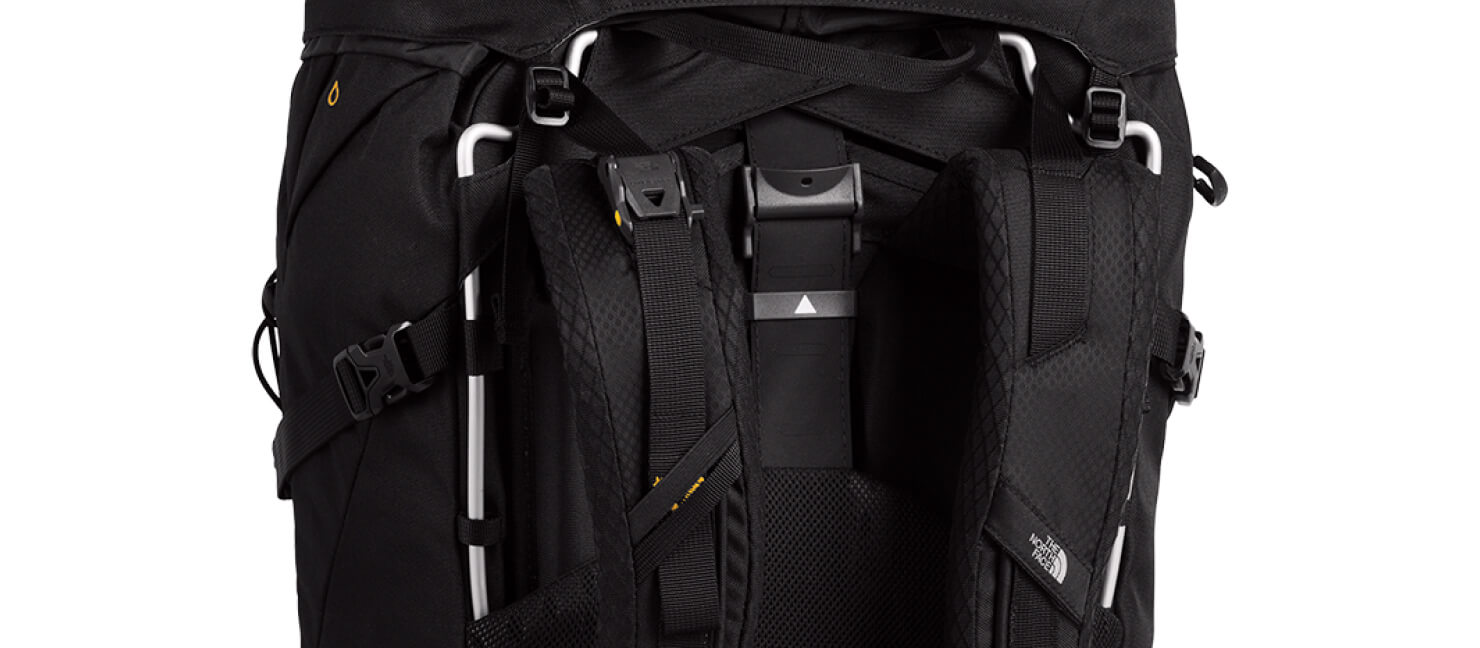
Step 2: Tighten the hip belt
Begin by putting on the backpack and moving the belt up to the top of your hip bones.
Fasten and tighten the hip belt — ensuring it's snug but not overly tight.
If you find the pack sitting too low or high on your body, make adjustments to the shoulder straps to raise or lower it to the desired height.
You’ll want a comfortable and secure fit for your backpacking adventure.
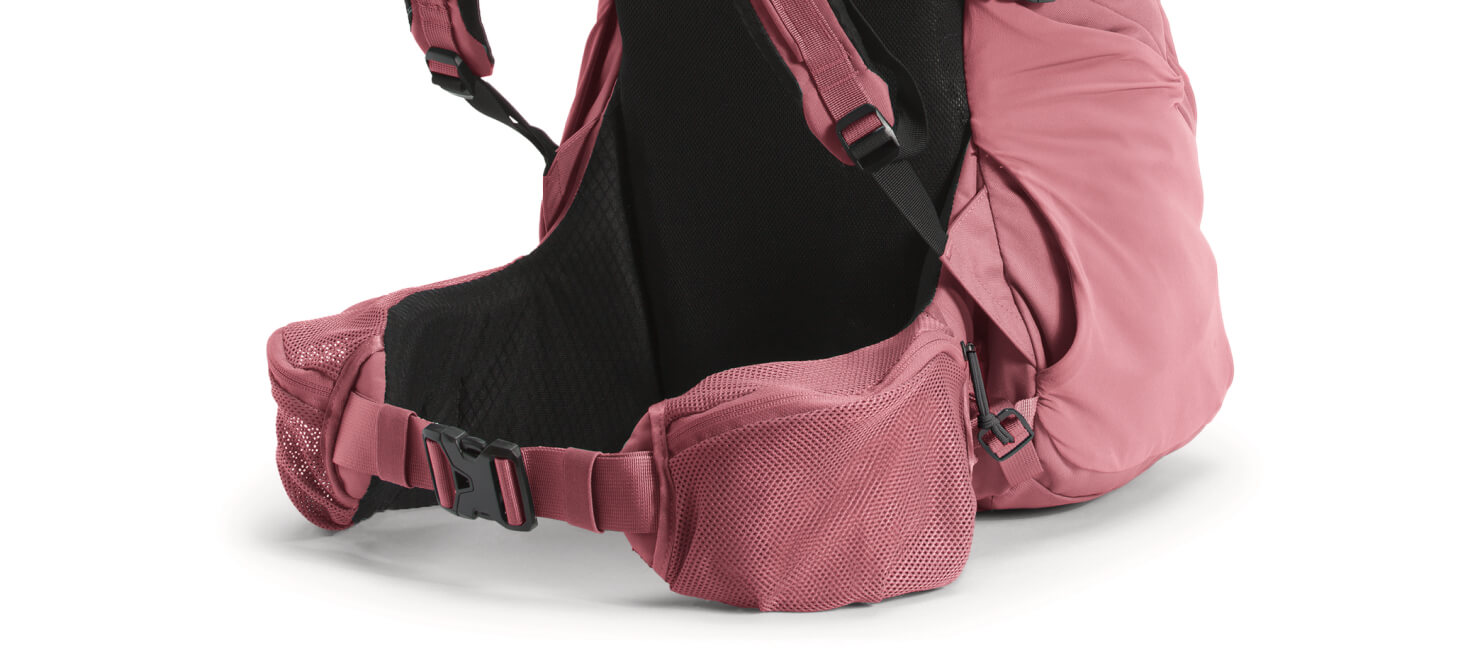
Step 3: Tighten or Loosen the Shoulder Straps
Adjusting shoulder straps is a straightforward process. Pull them down for more slack or up for a tighter fit.
The shoulder strap anchor points should be positioned roughly 1-2 inches below the tops of your shoulders to achieve the right positioning.
Make sure you’re not carrying the majority of the pack’s weight on the shoulders. Most of the weight should be on your hips.
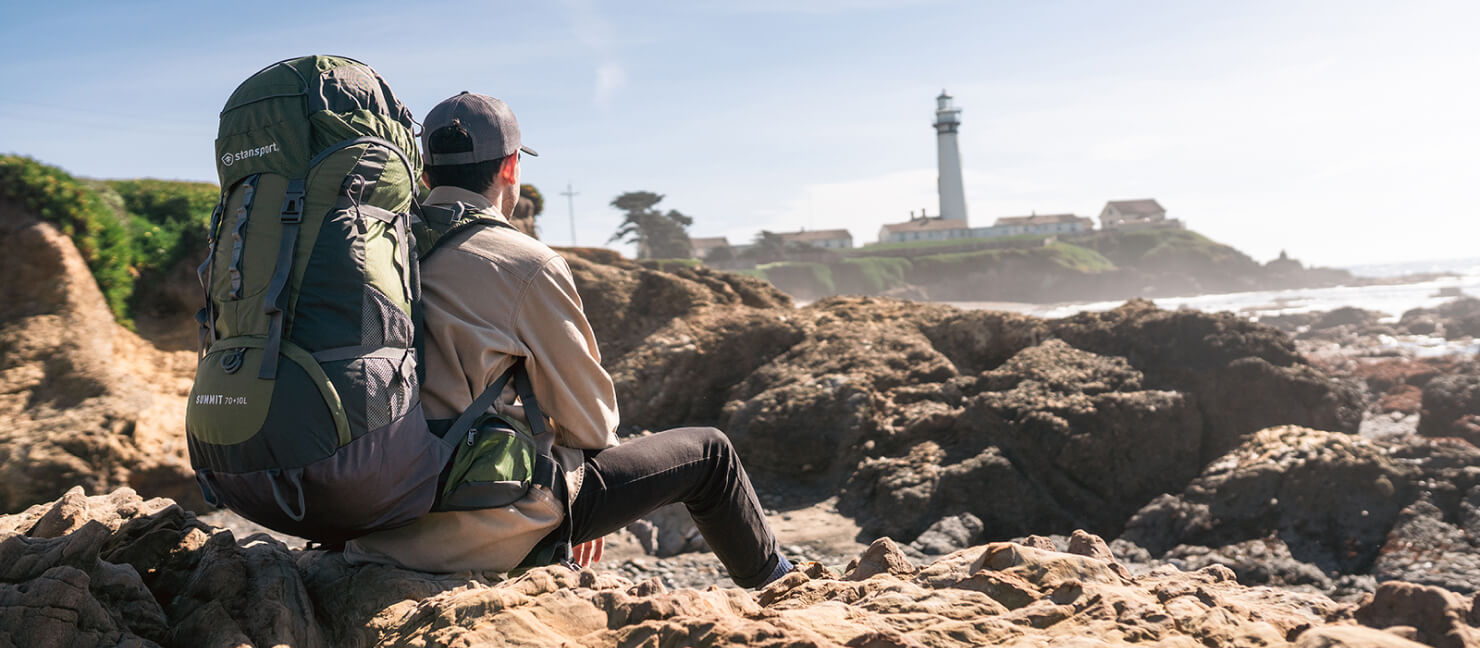
Step 4: Tighten the Load Lifters
Load lifters are two small straps that you can tighten, which causes the backpack to move closer to your body and stabilize your load.
This adjustment is beneficial when tackling steep ascents since it promotes better balance and stability. This is also helpful for navigating challenging terrain.
Exercise caution and avoid over-tightening the load lifters. Over-tightening can lead to unnecessary pressure on your shoulders and discomfort during your trek
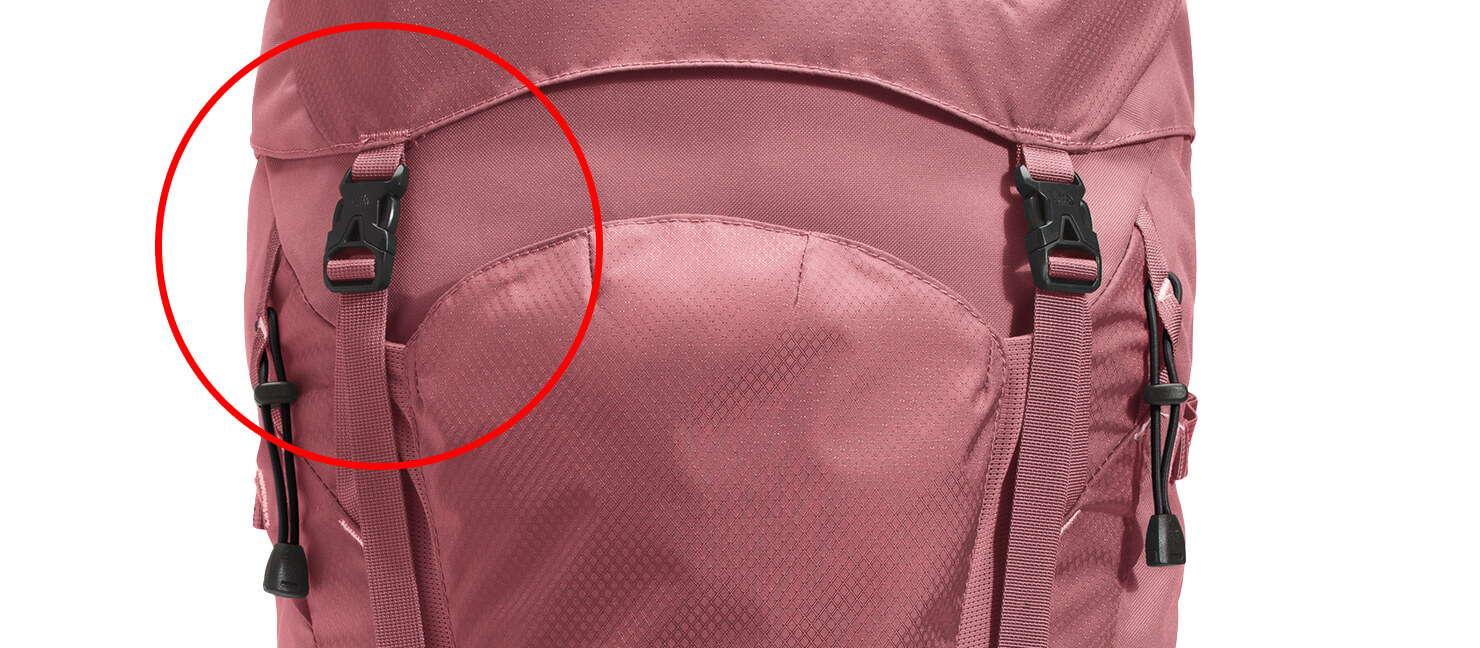
Step 5: Position and Secure the Sternum Strap
Position the sternum strap about an inch below your collarbone. Avoid over-tightening this strap or making it too loose. Maintain a snugness that allows for easy breathing and natural arm movement. Ensure the sternum strap doesn't restrict your ability to breathe or move your arms naturally.
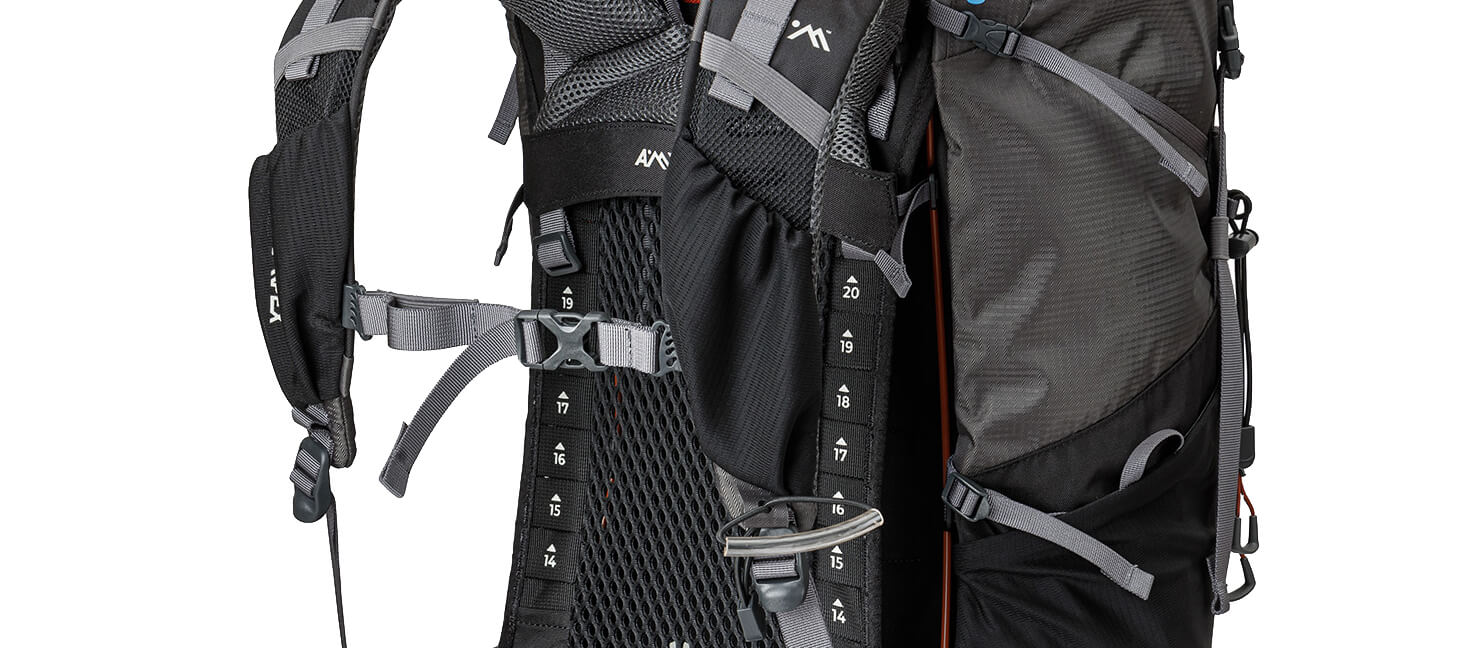
Have Fun Out There!
Ready to elevate your backpacking game? At Academy, you can explore our diverse range of outdoor backpacks — each tailored for day or week-long adventures. Step up your backpacking experience for ultimate comfort with every stride!


